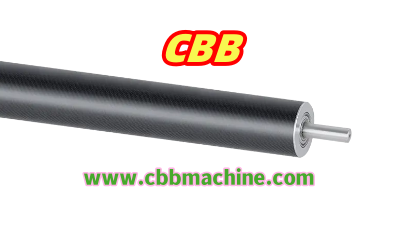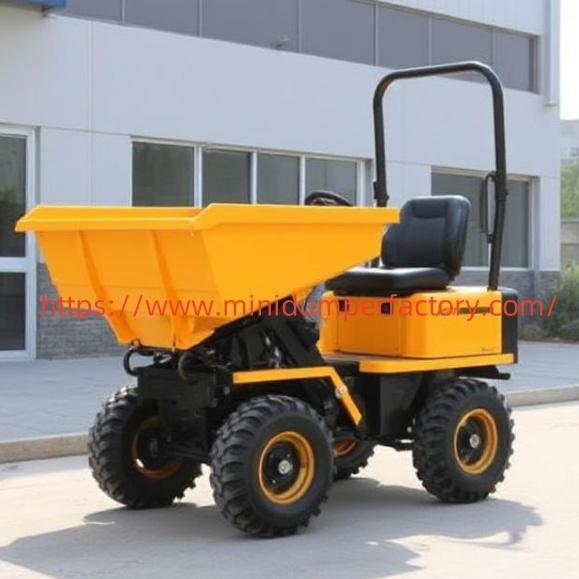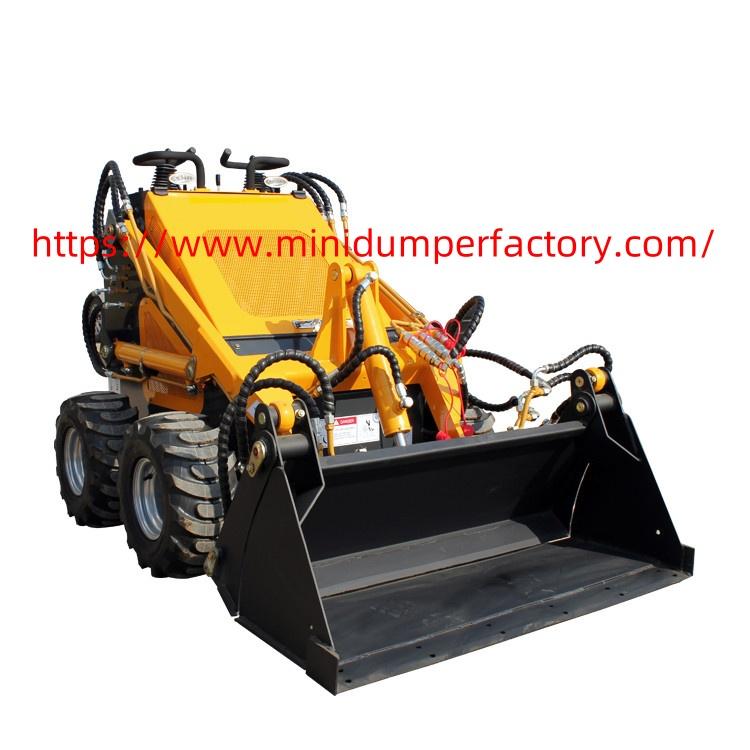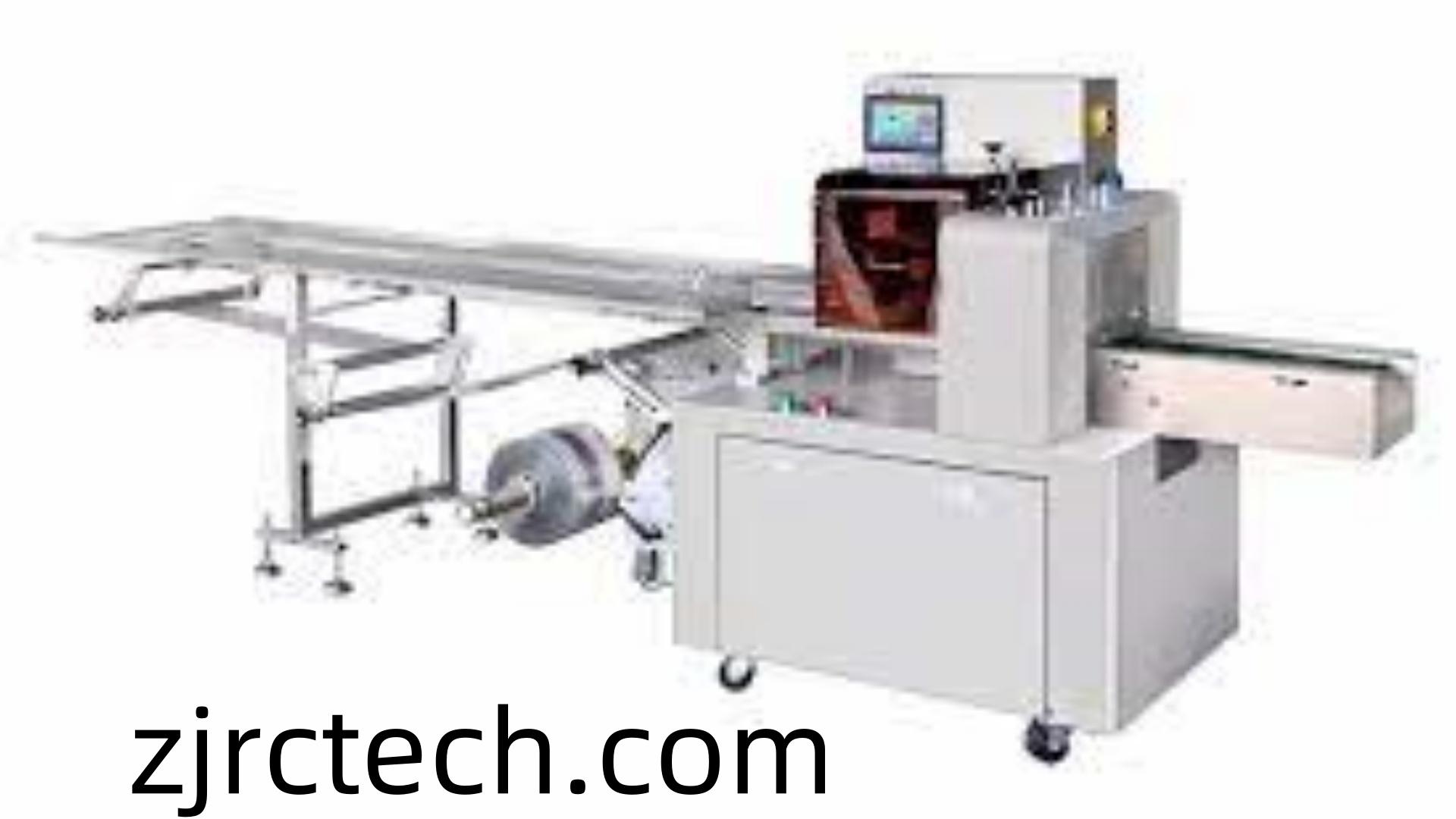What Makes Aluminum Roller Useful in Manufacturing Lines

In modern manufacturing environments, every detail of material handling contributes to consistency and efficiency. The Aluminum Roller , designed and produced through the engineering expertise of Cbbmachine, stands as a practical solution for industries where precision, stability, and reliability must align within the same process. By integrating thoughtful design with robust function, this component has become an essential part of production lines that rely on smooth movement and accurate control.
The roller’s primary role is to support and guide flexible materials through various stages of processing. Its lightweight yet durable construction ensures smooth rotation, reducing drag and minimizing wear across the system. This creates an environment where materials can flow evenly, maintaining alignment and quality throughout production. The use of aluminum also balances strength with efficiency, allowing the roller to perform under continuous operation without unnecessary strain on machinery.
Adaptability is another defining characteristic. Industrial systems often require customized solutions for different applications, and the roller’s design accommodates a wide range of widths and materials. Whether handling film, foil, paper, or other substrates, the component provides consistent performance. This flexibility reduces the need for frequent equipment adjustments, enabling smoother transitions between production runs and minimizing downtime.
Durability plays a central role in the overall value of the roller. Production demands place continuous stress on components, yet aluminum’s inherent resistance to corrosion and wear ensures that the roller maintains functionality over long periods of use. This longevity translates into fewer replacements and lower maintenance needs, offering manufacturers an economical and dependable solution for ongoing operations.
The roller also contributes to workplace efficiency and safety. With stable guiding action, it reduces risks of material misalignment that could lead to damage or stoppages. Operators benefit from equipment that is easier to manage, fostering a workflow where precision is maintained without unnecessary intervention. By promoting consistency, the roller indirectly supports both product quality and worker confidence.
Beyond mechanics, the role of such a component highlights the importance of coordination in manufacturing systems. A single roller may seem simple, but when designed effectively, it ensures that multiple processes connect seamlessly. This reinforces the principle that efficiency is often the result of many small but vital elements working together in harmony.
The Aluminum Roller demonstrates how design and function merge to support evolving industrial needs. By combining reliability, adaptability, and long-term durability, it becomes more than a mechanical element—it becomes part of a broader strategy to sustain progress across production lines.
For those ready to see how such components can refine everyday operations, the next step is only a click away. Visit https://www.cbbmachine.com/news/industry-news/aluminum-roller-vs-pvc-roller-which-one-is-better.html not just to view products, but to step into a space where each detail of industrial design has been shaped to fit the rhythm of modern manufacturing.









